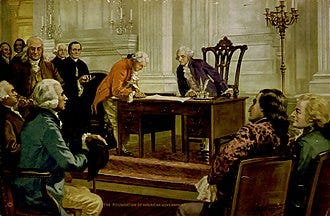If we look at modern people’s revolutions of the Global South and East, we find that the nation-state is the terrain of struggle, and that said revolutions have struggled for people’s control of the structures of the nation-state. Moreover, as the revolutions sought through revolutionary ideological discourse to delegitimate the authority of the ruling elite, they proposed a project of alternative construction, putting forth alternative structures for representing the people and for making political decisions in the name of the people. In addition, even though they emerged from colonial, semi-colonial, and neocolonial situations that were characterized by unjust structures of various dimensions, they identified the structures and norms from the previous order that must be retained in the new order, because they provided economic, political, and philosophical advances, in spite of the dominating process through which they were imposed. On this foundation, they projected the con…
© 2025 Charles McKelvey
Substack is the home for great culture


